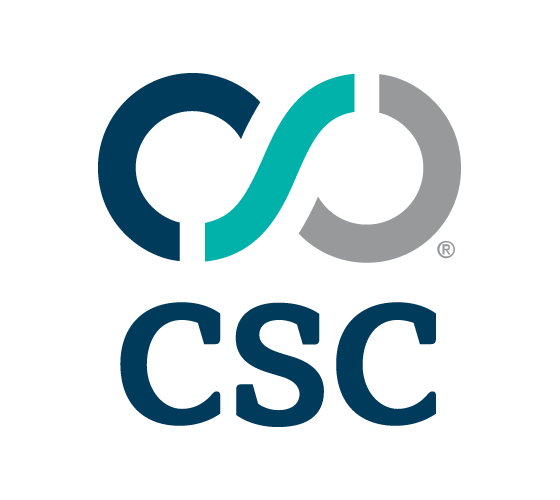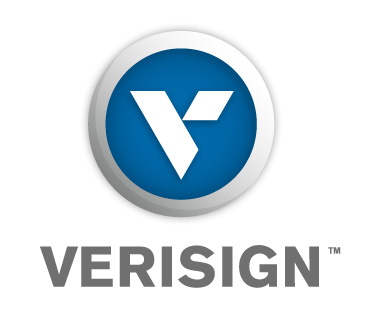

|
||
|
||
By now, I’ve probably spoken with close to a hundred brand owners who are all trying to make some very important decisions about whether or not to apply for a new generic Top-Level Domain (gTLD).
Everyone wants to know what “the other guy” is doing. But for the most part (with the exceptions of Canon and Hitachi), brand owners have been tight-lipped about their intentions.
Even in a recent New gTLD webinar hosted by MarkMonitor (primarily attended by brand owners), when asked in an anonymous poll whether they intended to apply, more than half declined to respond. However, of those who did respond, 10% stated that they intended to apply for several, 6% stated that they intended to apply for one, 25% claimed that they did not plan to apply at all, and a whopping 59% were still undecided.
So when trying to make the decision about whether or not to apply, here are some of the questions that I ask to help companies think about the issues at stake.
1. Will your brand likely face contention from other TLD applicants?
Companies in this position may have already faced these issues in the past during domain registration Sunrise periods. Also keep in mind that ICANN will not allow for two TLDs that are considered to be so similar that they create a probability of user confusion. So if the brand is similar to others’ or a generic word, issues of potential contention should be considered. If you fear that there may be contention, and you think that you may want to have a .Brand sometime in the future, the safest bet is to apply in the first round. Even if you do face contention with other applicants, at least you can have the opportunity to win the TLD at auction (assuming that all applications are of the same type).
2. Does the brand lend itself to being a TLD?
Simply put, some brands are too long and just do not make sense as TLDs. Unlike second-level domain registrations where you can register multiple variations, typo squats and misspellings, applying for multiple TLDs for the same brand will not make sense.
3. What are others in your industry doing?
Of course, if we knew that, we could all make much more informed decisions. That said, think about what your competitors are likely doing, and how the executive team will feel if your competitor has a .Brand and you do not. Your company may decide that it doesn’t care at all. Clearly, having these decisions made at the highest level of the organization will help to alleviate some of these unknowns and reduce the risk of finger-pointing when you are questioned as to why the company does not have their own .Brand.
4. Can you benefit from running a new gTLD registry?
Does your distribution network rely on franchisees, resellers, distributor or agents? Are you looking for ways to more effectively manage your channels online? Running a new gTLD registry may provide you with ways to rein in your channels and to ensure acceptable use polices are followed. As a .Brand registry, you get to set polices, rules and requirements as well as the penalties for non-compliance.
5. Is having a completely wide-open namespace particularly valuable to you?
Are you frequently launching new products, services or titles? Are you often forced to purchase domains on the secondary market from others because the domains that you want are already registered? If so, having access to .Brand registrations to promote your products, services and titles may make a lot of sense.
6. How important is the Internet to your business?
Nobody knows just how popular new TLDs will be, but in the event that they are the greatest thing since the old TLDs, having one may be critical, especially if the Internet is important to your business. Having one may signal that your company is an innovative thought leader, and not having one may make you seem behind the times—but who knows, its all crystal-ball gazing at this point.
Although the answers to these questions provide a good starting point, the decision about whether or not to apply must come from the highest levels of management within the organization. While the costs to apply and operate a new TLD over a 10-year period seem exorbitant to any single department, when presented to executives of Fortune 500 companies, issues of risk associated with not applying seem to quickly outweigh the costs. This is not to say that all major corporations will be applying, but as the decisions move higher up in organizations, it appears the more likely the decision made will be one of yes.
With the launch period scheduled to begin early next year, companies should now be fairly close to making a final decision as completing the new gTLD application will be a major undertaking.
Sponsored byCSC

Sponsored byIPv4.Global

Sponsored byVerisign

Sponsored byWhoisXML API

Sponsored byDNIB.com

Sponsored byVerisign

Sponsored byRadix
